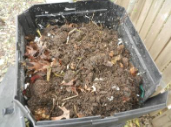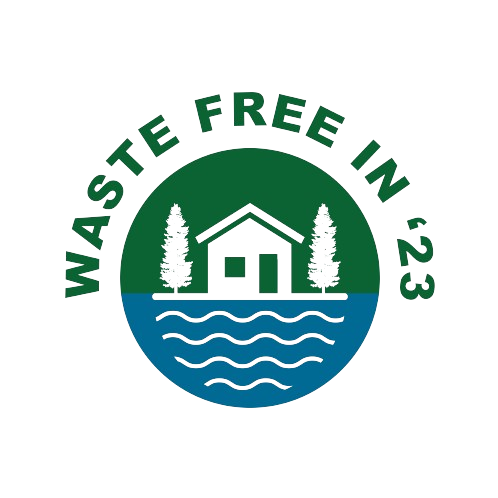Recycling Diapers for a Greener Future – Waste-Free in ’23

- Recycling in Nairobi: A Sustainable Transformation
Nairobi is recycling disposable diapers! Using the power of the sun to disinfect – and the power of biology; a team in Nairobi are converting disposable diapers into binders for tarmac repair and agricultural nutrients.
Best of all – the diapers are recycled in the community where they are used so NO TRUCKS. No big factories.
- Steps to Composting Diapers: Turning Waste into Rich Soil
Step 1. Prepare for Composting:
- Only the filling of diapers is compostable. Wet diapers can be composted, soiled ones should be discarded traditionally.
- Ensure safety by not using diaper compost on food crops and conduct the process outdoors over your compost heap.

Step 2. Tear the Diaper:
- Tear the diaper over the compost heap, starting from the front side.
- Let the wet contents fall onto the compost while disposing of the remaining diaper parts.
Step 3 Spread and Mix:- Spread the diaper contents with a shovel and gently mix them with the top layer of your compost.
- If your compost pile is dry, a quick spray of water can aid in the mixing process.
Step 4..Bury It:- Cover the diaper material with approximately half an inch of compost or soil.
- This step prevents odors and maintains an insect-free compost pile.



- Recycling Diaper Materials
Polyacrylate Crystals: These water-absorbing crystals found in diapers can be repurposed, collected and sold at a gardening center. Here’s how:
- Collection: Remove the crystals from used diapers by simply shaking them out.
- Reuse: The polyacrylate crystals can be used in gardening to improve water retention. They are a cost-effective alternative to store-bought options.
Waste Free in ’23 is the solution for a community’s waste to be processed by the community, in the community for the benefit of the community.
There is no reason to wait anymore- be waste free in 2023
If your community wants to recycle diapers, create jobs, and stop burning and dumping of trash please post your interest as a comment and let’s see if the great waste free in 23 group members can help your community become waste free!
If you have any questions, contact:
